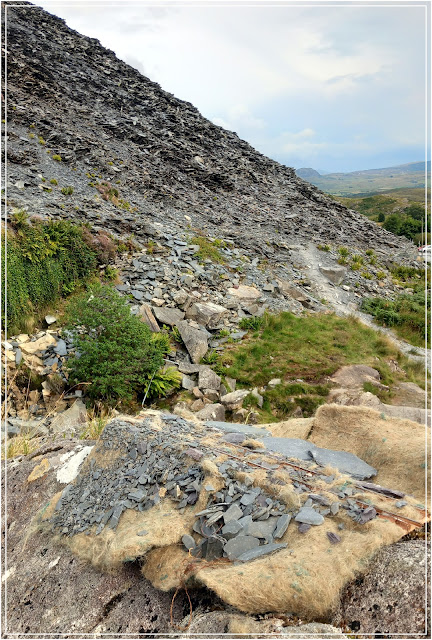So... a few years ago, I went through a bit of a bad patch, health-wise (cue the tiny, 00 scale violins playing the worlds saddest tune), and was advised as part of my recovery to regularly do a bit of relaxing model-making. Nothing too strenuous, simple kits that could be done in a session or two. This is another 'going back in time' project, I did this a while ago, but here we go, better late than never in early 2024...
I also somewhat abitrariliy set myself a £10 a month budget; I didn't think I'd get this project past my family if I started buying £100 1/32nd Chinook kits or similar every month just to make myself feel better. This way, if I get a prototype railway photograph published in a mag, then it'll pay for the mindfulness modelling that month. Of course, it's not worked out that way, because I decided to get a job in the healthcare sector in the immediate aftermath of a pandemic, so the hours are long, opportunities for photographing trains limited, and time to build kits and blog about it at a premium, but hey-ho.
Ah, Binnie Kits. I absolutely love this range- superb value, superb quality, a real boon to the garden railway modeller on a budget. I've built some of these before (G gauge versions for my garden railway) but fancied something a bit different, and anyway the Welsh Highland Heritage Railway shop only had the 32mm gauge versions in stock the week were up in Wales. Maybe at some point a micro layout in this scale will be do-able as I have a few other bits and pieces.
And nice to build it outside too, sat in the sun with a brew after a day at the beach. Nothing like a nice little holiday project to be cracking-on with.
Easily assembled, the parts are crisp, clean, and practically fall together. A spot of superglue here and there holds it all together.
The tipper body is another great moulding, crisp and detailed with no flash or deformities.
Having spent all of the £10 budget on the kit, I'd run out of money for a set to photograph it on, so it was time to dig through the scraps; a bit of MDF offcuts, some hanging basket liner, and the rails made from plasticard girders leftover from an earlier build. I was a bit short of wood for sleepers, but then a week of us all eating ice creams and lollies provided a suitable alternative.
To make it easier to transport, the trackbed was designed to be two parts that slotted together (using the lolly sticks to hold it together).
Trying it out, to get the rails the right gauge. It didn't matter if it looked a little rough, most Welsh slate quarries weren't known for their mainline-style trackwork.
Lacking any spray paints, the whole thing was dry-brushed with layers of paint from Wilko's tester pots, which dates the project nowadays.
I wanted a rather rusty look, a wagon left behind on an upper level of an abandoned quarry. Also note that I used a scalpel to just slightly damage the edges of the hopper body (probably not as much as it would have been in real life, admittedly).
Location shooting; the hills above Tanygrisau, Snowdonia...
Ballast was done with shrapnel-bits of slate from the path near the caravan we were staying in, added to with a bit more on location.
Another successful build, and a bit of fun for a tenner.































No comments:
Post a Comment